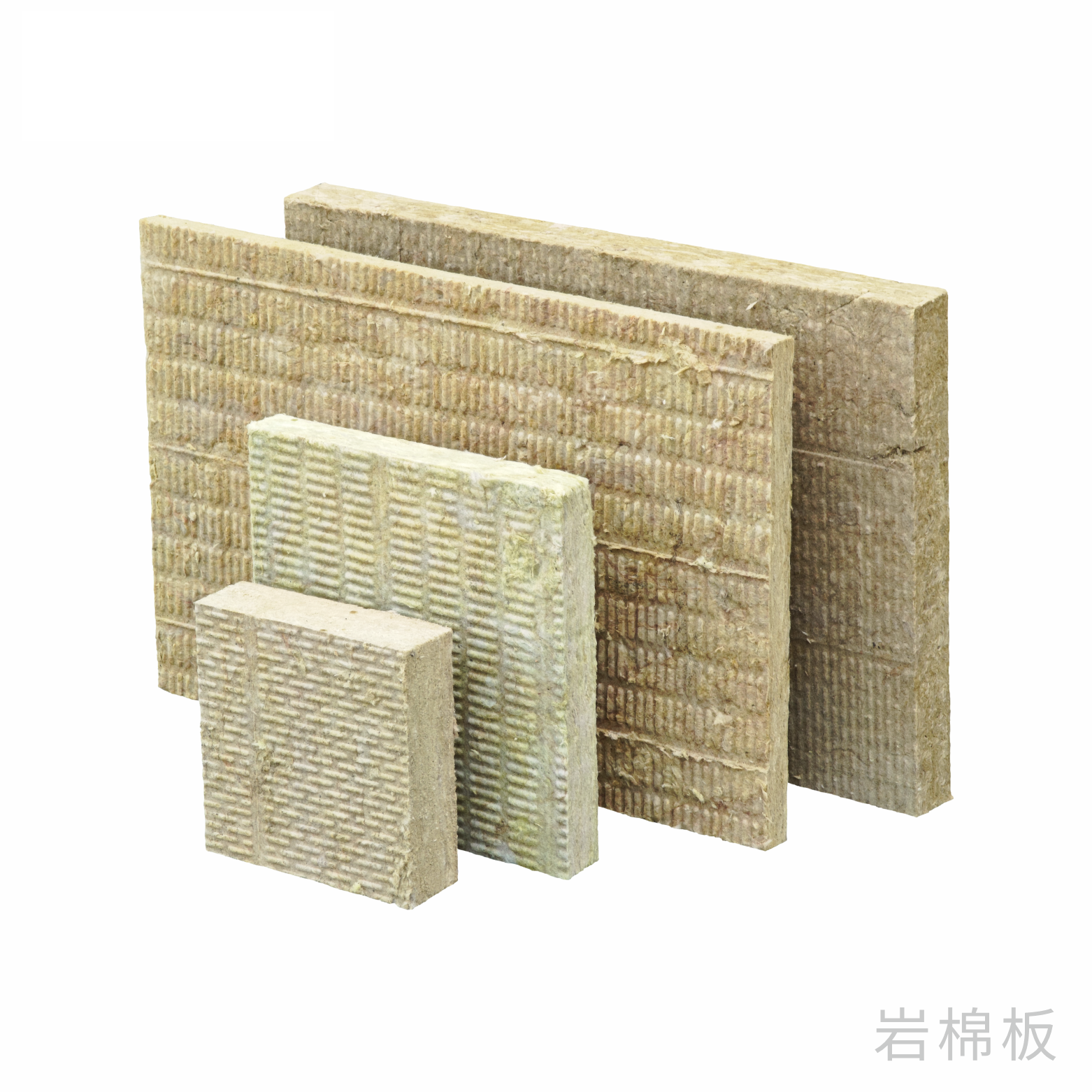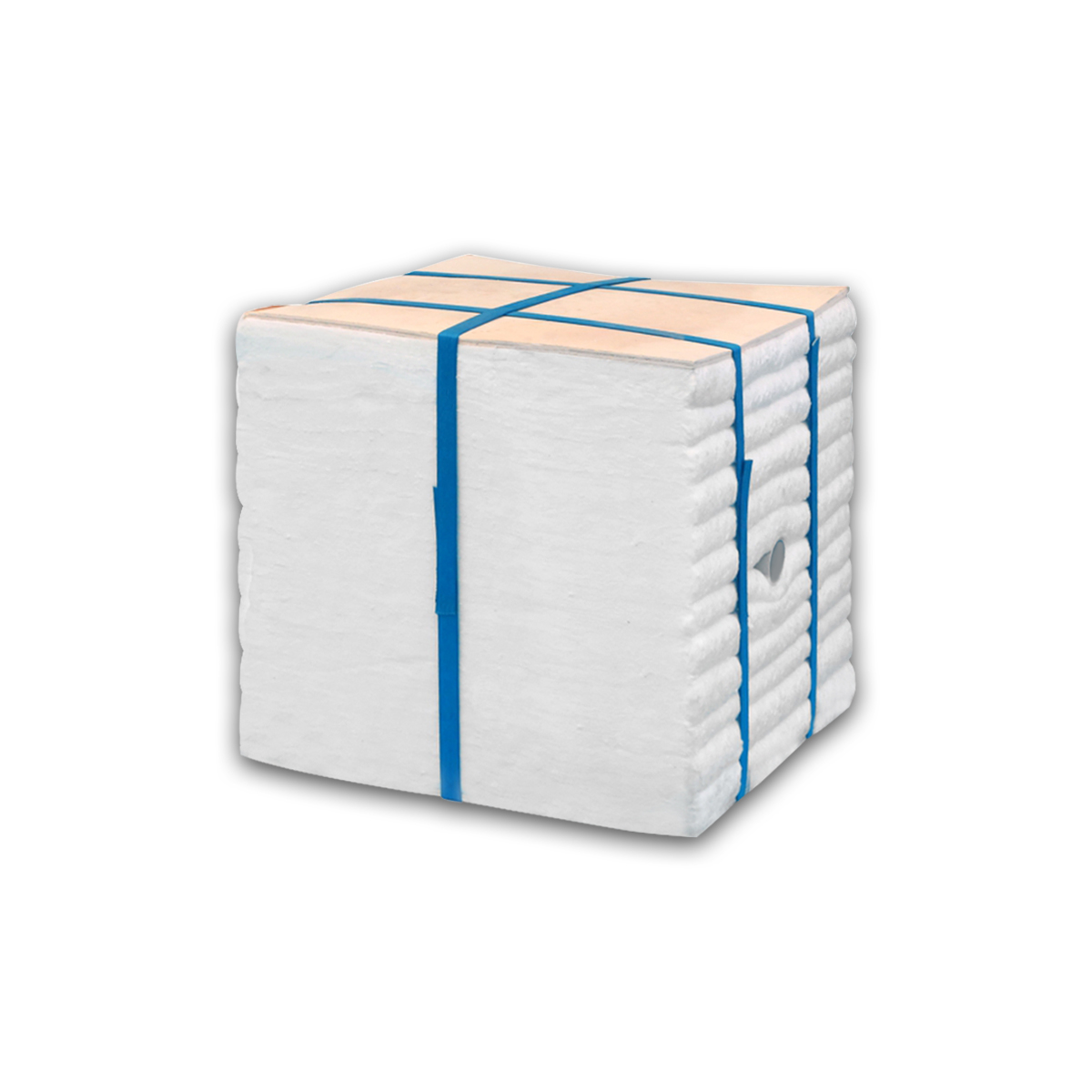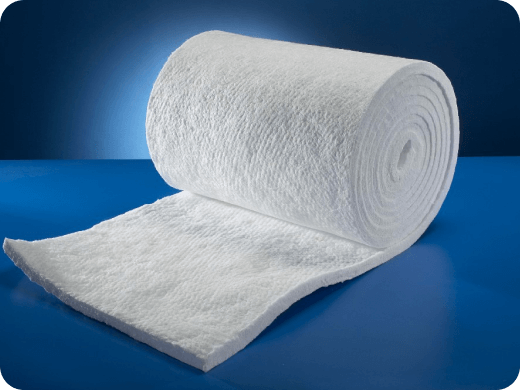Ceramic fiber boards, widely used in industrial insulation, fireproofing, and high-temperature applications, have gained popularity due to their lightweight design, exceptional thermal stability, and energy-saving properties. However, concerns about their health impacts persist, particularly in occupational settings. This article explores the potential health risks linked to ceramic fiber boards, supported by scientific research and industry case studies, while providing actionable safety guidelines.
1. Composition and Applications: The Foundation of Risk
Ceramic fiber boards are primarily composed of alumino-silicate fibers (synthetic inorganic fibers made from aluminum silicate), often blended with binders or fillers. Their applications span:
- Industrial Furnaces: As linings for kilns, boilers, and incinerators.
- Aerospace & Automotive: For thermal protection in engines and exhaust systems.
- Construction: Fireproofing in buildings and insulation for pipelines.
While their durability and heat resistance are advantages, the microscopic fiber structure poses inhalation risks during installation, maintenance, or demolition.
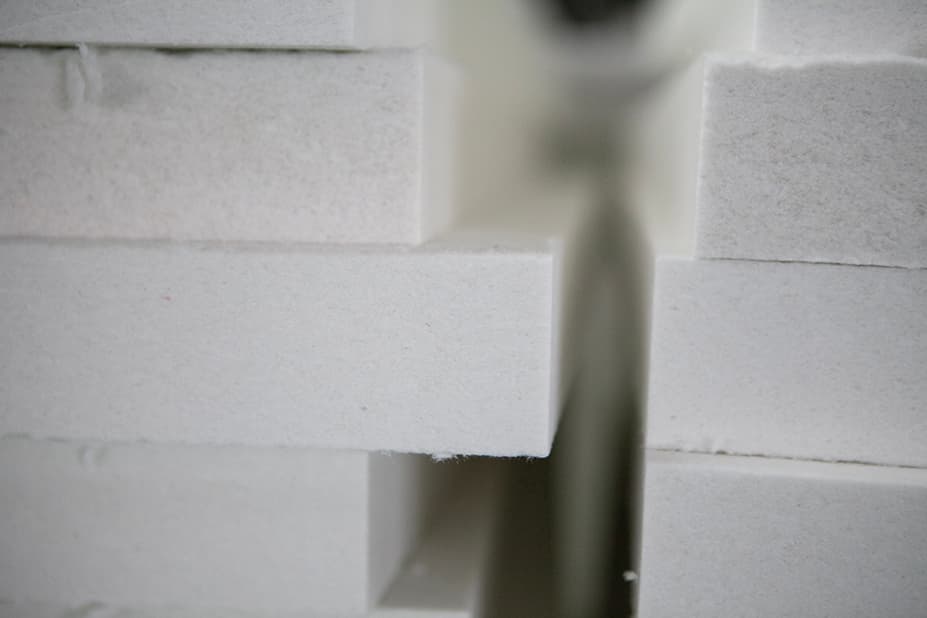
2. Key Health Risks: From Respiratory Hazards to Cancer Concerns
A. Respiratory Damage
- Mechanism: Fibers <3–5 micrometers in diameter can penetrate deep into lungs, causing inflammation and scarring.
- Silicosis Risk: Some boards contain crystalline silica (SiO₂), a known cause of silicosis, a fatal lung disease.
- Case Study: A 2024 study of furnace workers exposed to ceramic fibers reported symptoms like chronic cough, shortness of breath, and reduced lung function.
- Regulatory Alerts:
- The Netherlands sets an occupational exposure limit (OEL) of 1 fiber/cm³ (8-hour TWA).
- U.S. NIOSH identifies refractory ceramic fibers as potential human carcinogens.
B. Cancer Risks
- Animal Studies: Rodents exposed to high doses developed mesothelioma and lung tumors, prompting the IARC to classify some fibers as Group 2B (possibly carcinogenic).
- Human Data: Limited epidemiological evidence, but industries with historical asbestos use now monitor ceramic fibers as analogs.
C. Skin and Eye Irritation
Direct contact with sharp fibers can cause:
- Dermatitis: Itching, redness, or open sores.
- Corneal Abrasions: Risk during cutting or installation without protective gear.
3. Occupational Exposure: High-Risk Scenarios
A. Industrial Furnace Maintenance
A 1994 study at the Shell Rotterdam refinery found:
- Airborne Fiber Concentrations: Up to 50 fibers/cm³ during manual removal of old insulation—50 times the Dutch OEL.
- Co-Exposure Risks: Workers also faced quartz, nickel, and chromium dust, compounding respiratory damage.
B. Small-Scale Fabrication
Smaller workshops may lack:
- Ventilation Systems: Inadequate dust extraction.
- Training: Workers unaware of fiber release during cutting or drilling.
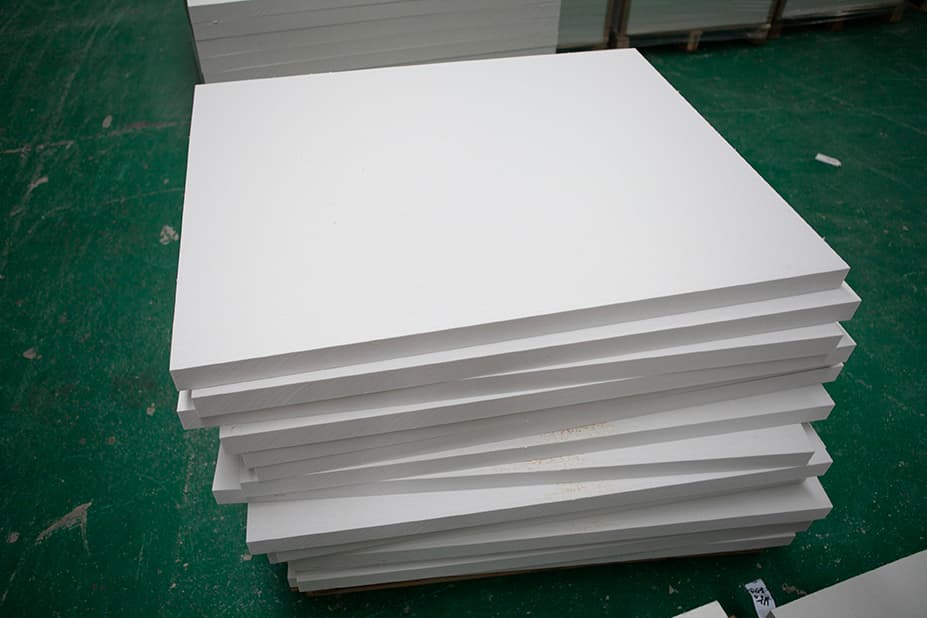
4. Safety Guidelines: Mitigating Risks
A. Engineering Controls
- Wet Methods: Spraying water during cutting to reduce airborne fibers.
- Local Exhaust Ventilation (LEV): Capturing dust at the source.
- Enclosures: Isolating high-risk tasks in ventilated booths.
B. Personal Protective Equipment (PPE)
- Respirators: NIOSH-approved N95 masks or powered air-purifying respirators (PAPRs).
- Protective Clothing: Disposable coveralls, gloves, and eye shields.
C. Workplace Practices
- Training: Educating workers on fiber hazards and safe handling.
- Medical Surveillance: Regular lung function tests for high-risk employees.
- Waste Management: Sealing contaminated debris in labeled bags for hazardous disposal.
5. Industry Response: Innovations in Safer Alternatives
- Bio-Soluble Fibers: Newer formulations (e.g., alkaline earth silicate) dissolve in lung fluid, reducing persistence and disease risk.
- Low-Biotoxicity Boards: Certified by organizations like the European Ceramic Federation (Cerame-Unie) for reduced health impacts.
6. Conclusion: Balancing Utility and Safety
Ceramic fiber boards remain indispensable in high-temperature industries, but their health risks demand rigorous safety protocols. By prioritizing engineering controls, PPE, and worker education, industries can mitigate hazards while leveraging these materials’ thermal efficiency. Regulatory bodies continue to refine exposure limits, emphasizing the need for proactive risk management.
Final Takeaway: For businesses and workers, awareness of ceramic fiber board risks is not just a legal obligation—it’s a moral imperative to protect long-term health.


